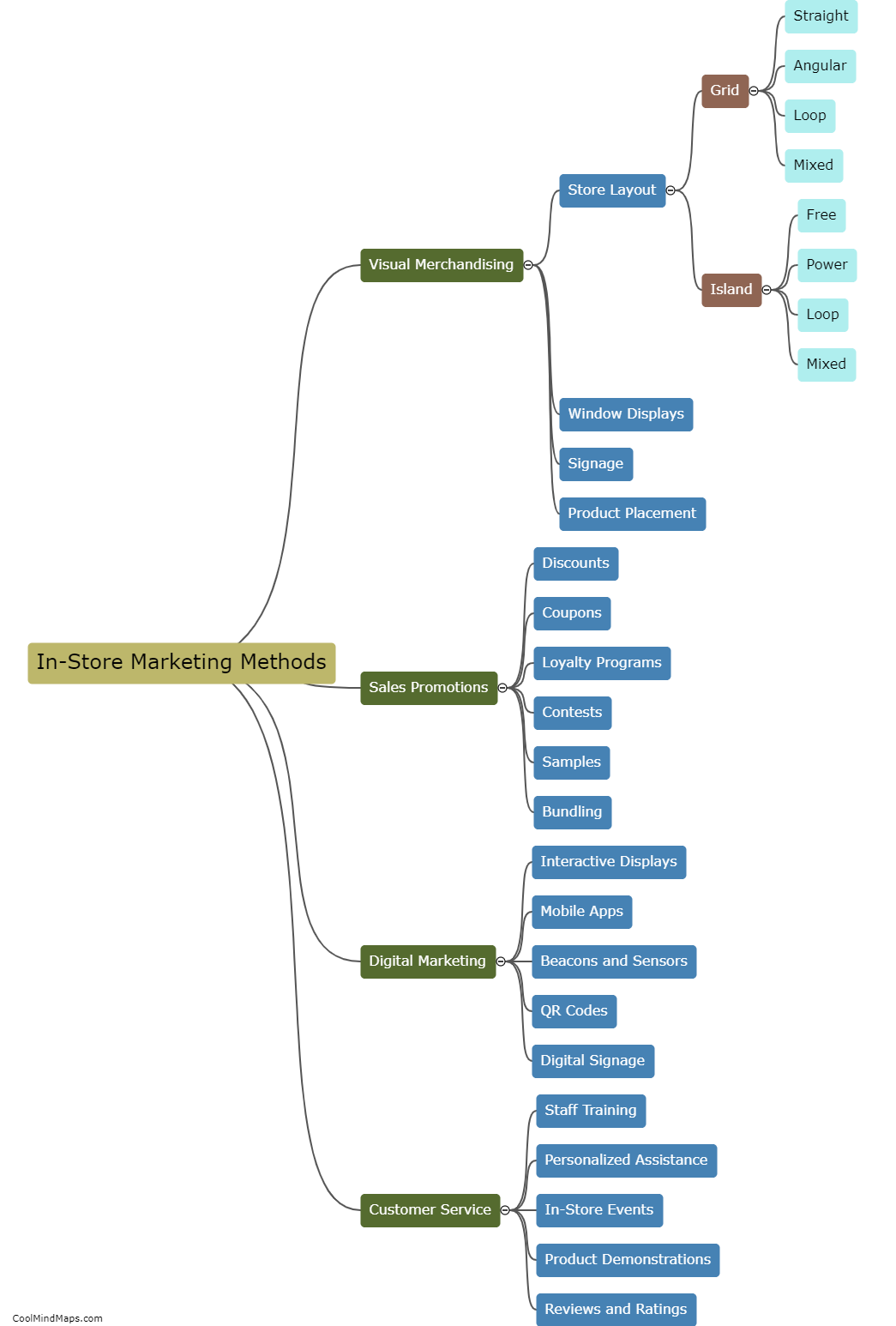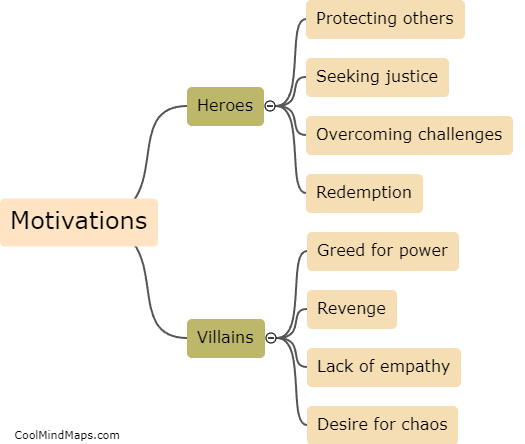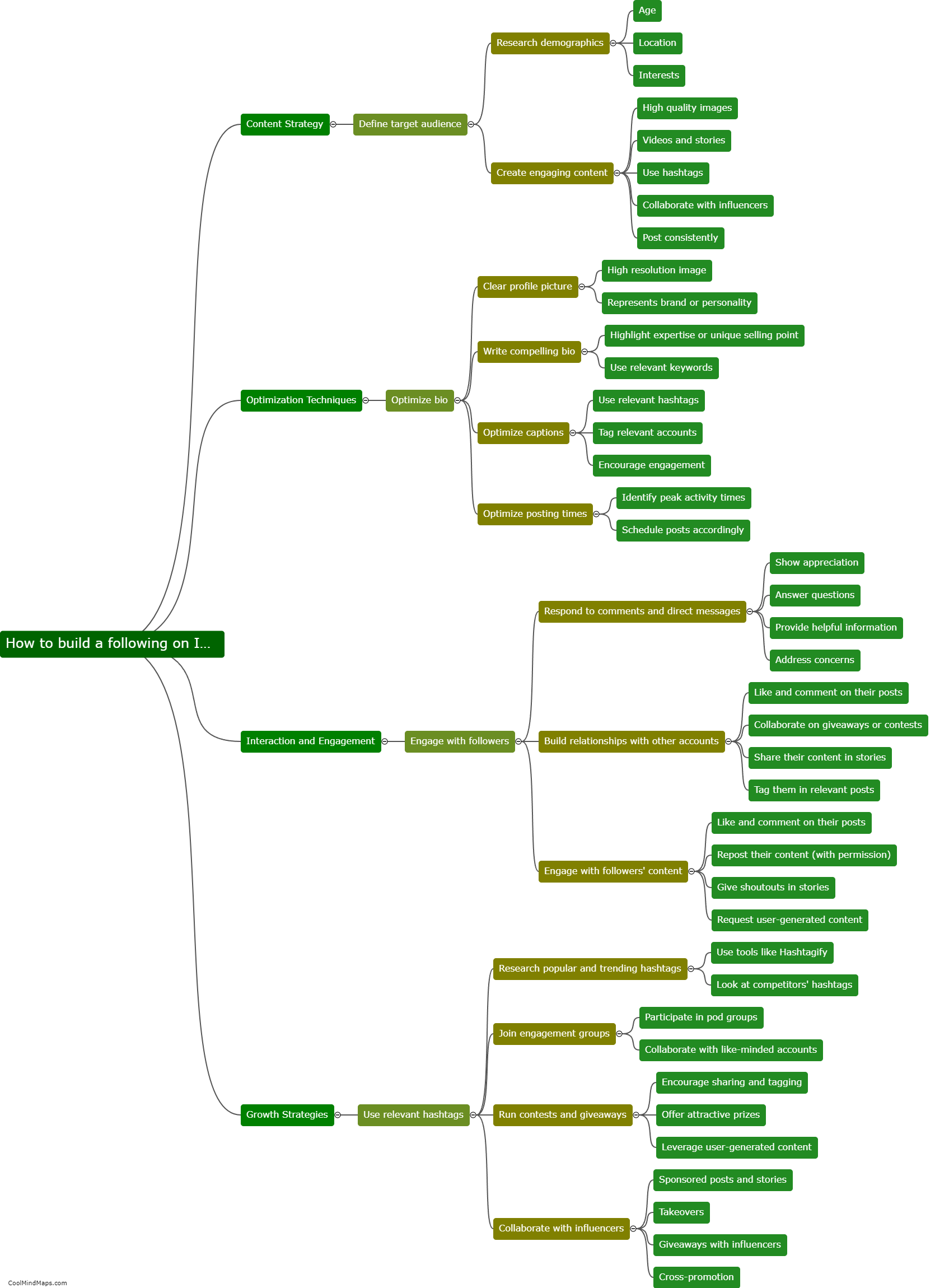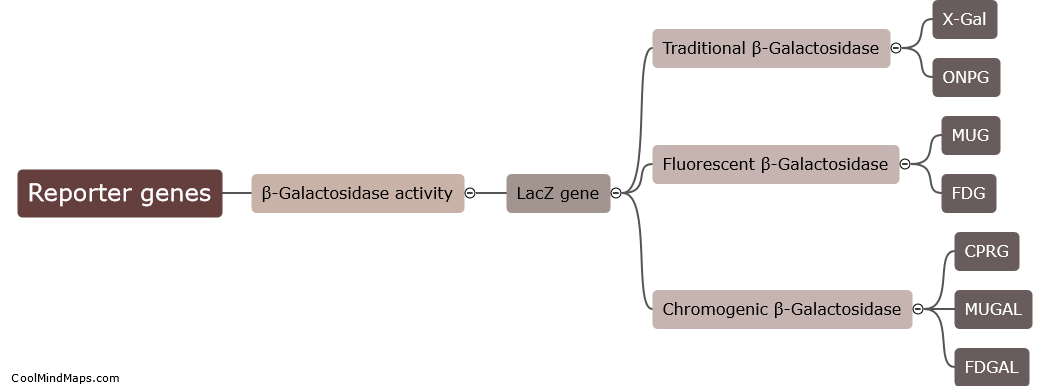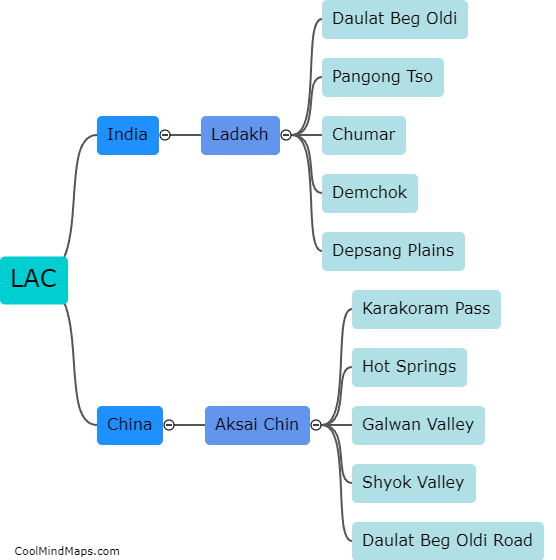What are the components included in an IDE?
An Integrated Development Environment (IDE) typically consists of several components that work together to provide a complete development environment for software developers. The key components of an IDE include a source code editor, a compiler or interpreter, a debugger, a build automation tool, and a user interface for managing project files and dependencies. The source code editor is where developers write and edit their code, often with features like syntax highlighting and code completion. The compiler or interpreter translates the code into machine-readable instructions or executes it directly. The debugger helps identify and fix errors in the code by allowing developers to step through the program, inspect variables, and set breakpoints. The build automation tool automates the process of compiling and linking the code, generating executable files or libraries. Lastly, the user interface of an IDE provides a convenient way to organize, navigate, and manage project files, as well as integrating with version control systems and other development tools.
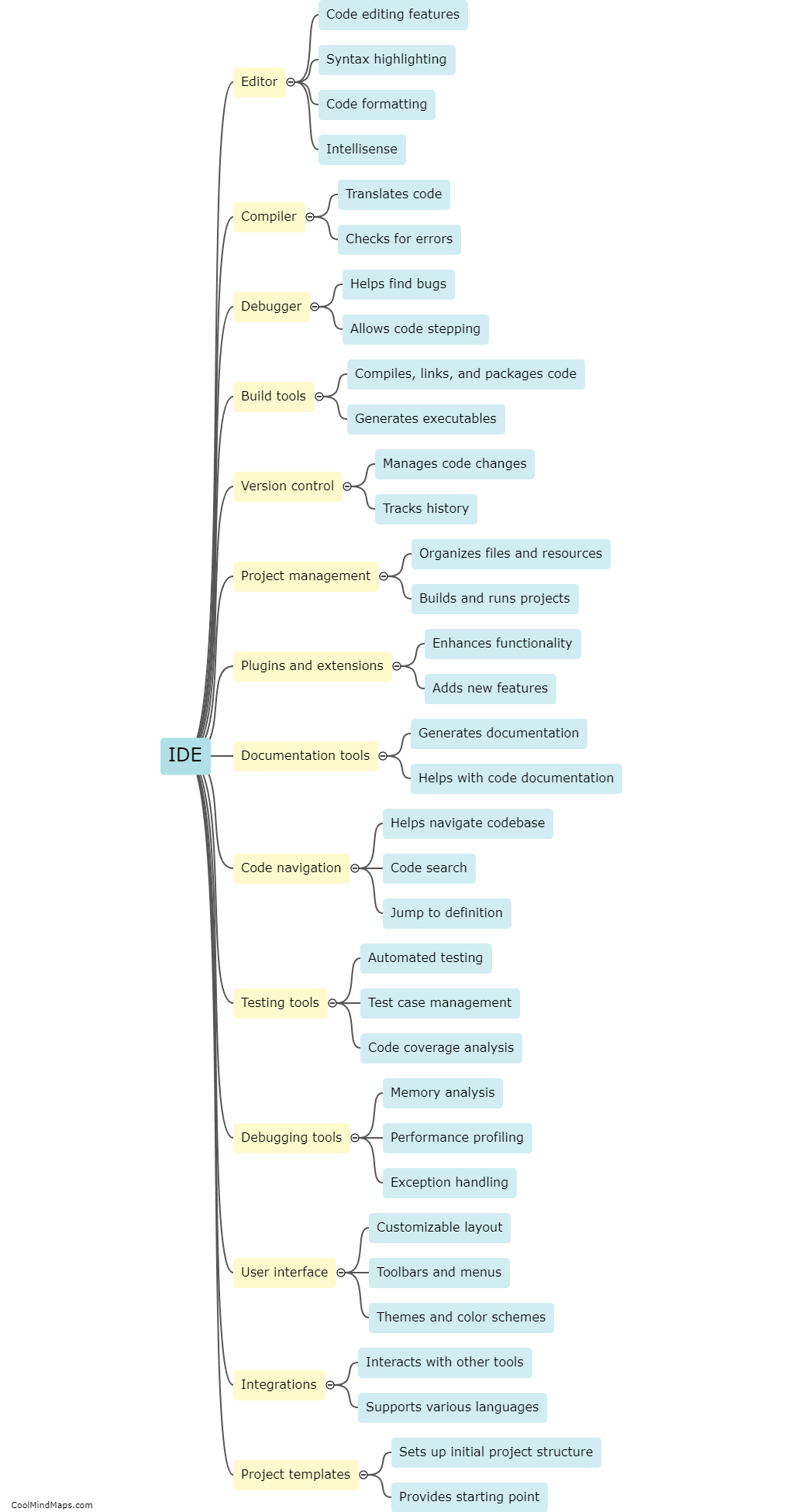
This mind map was published on 5 February 2024 and has been viewed 77 times.

